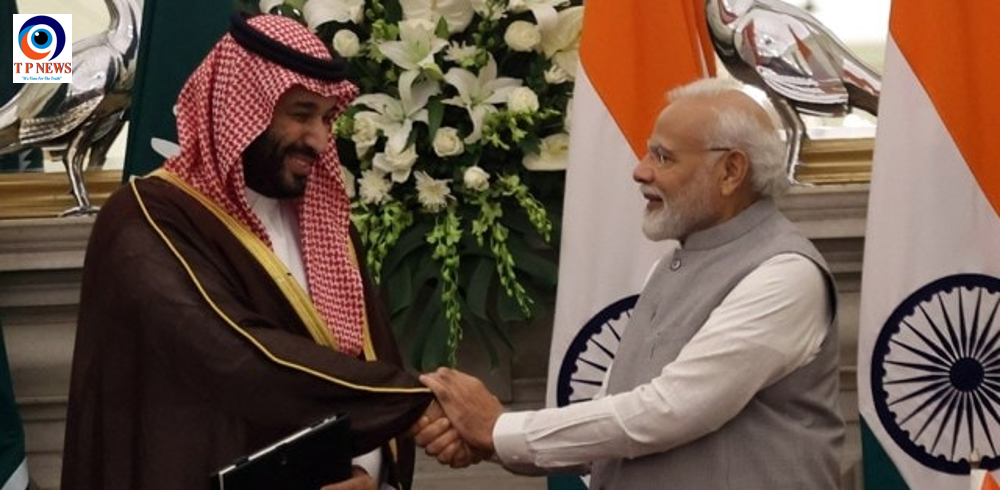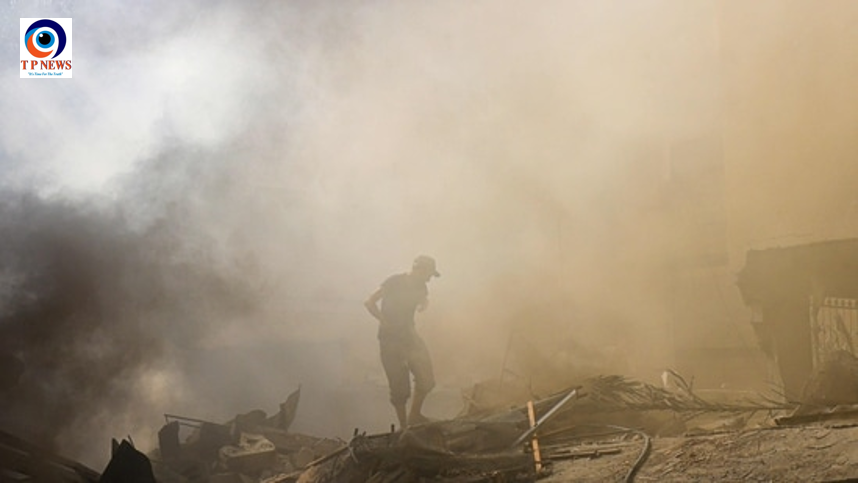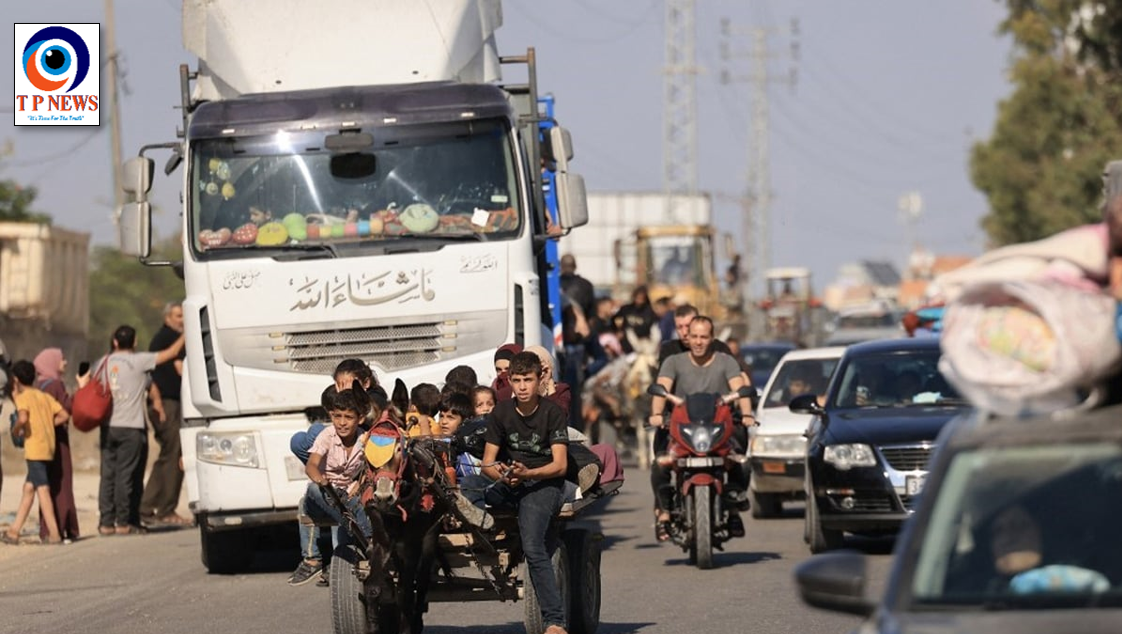In the midst of the intensifying conflict in the Middle East, a chilling claim has surfaced on social media suggesting that Iran has developed a so-called “execution list” targeting key Israeli figures. This alleged list, widely shared on X (formerly Twitter), identifies Israeli Prime Minister Benjamin Netanyahu and Defence Minister Yoav Gallant as top targets for elimination.
The purported “kill list” is said to have been compiled by Iranian military intelligence and circulated by Iranian-affiliated X accounts. While the Iranian government has yet to officially acknowledge the existence of such a list, whispers from intelligence circles indicate that Netanyahu is Iran’s primary target, as reported by NDTV.
Who’s on Iran’s Alleged Target List?
Apart from Netanyahu and Gallant, the list includes other prominent Israeli military figures, underscoring Iran’s heightened focus on Israel’s defense infrastructure. The reported targets include:
- Herzi Halevi, Chief of General Staff
- Amir Baram, Halevi’s deputy
- Ori Gordin, Major General of Northern Command
- Yehuda Fox, Major General of Central Command
- Eliezer Toledani, Major General of Southern Command
- Aharon Haliva, Chief of Military Intelligence
This supposed list comes on the heels of escalating military tensions between Israel and Iran, following Israel’s elimination of top Hezbollah commanders in Lebanon. The poster closely mirrors an image shared by the Israeli military last month, which proudly displayed the names of 11 Hezbollah leaders who were killed in an Israeli airstrike.
A Ripple of Responses from Both Sides
The list’s circulation quickly gained traction after a senior Israeli officer suggested that Israel’s next target should be Iran’s Supreme Leader, Ayatollah Ali Khamenei. Following the killing of Hezbollah chief Hassan Nasrallah, the officer remarked that “striking government centers and possibly eliminating figures like Khamenei” should be Israel’s next course of action.
In retaliation, Iran responded with a barrage of nearly 200 ballistic missiles targeting Israeli military facilities. While Israel reported no casualties, some of its military establishments suffered structural damage.
Israeli Prime Minister Benjamin Netanyahu, in response to the Iranian missile attack, called it a “big mistake” and vowed retribution: “Iran made a big mistake tonight and will pay for it,” Netanyahu declared, reaffirming Israel’s stance. “Whoever attacks us, we attack them.”
A Broader Context: Iran-Israel Power Struggle
The exchange of threats between Israel and Iran is emblematic of the long-standing geopolitical and military tensions in the region. Iran has often supported groups like Hezbollah, while Israel continues to view Tehran’s growing influence as an existential threat.
As rumors about this so-called “kill list” swirl, the question remains: Could this escalation lead to more direct confrontations between the two powers? Only time will tell, but both nations seem poised for further conflict, with no immediate end in sight.
In a conflict where every move and counter-move carries the potential for wide-reaching consequences, this latest development only deepens the uncertainty and fragility of peace in the region.












